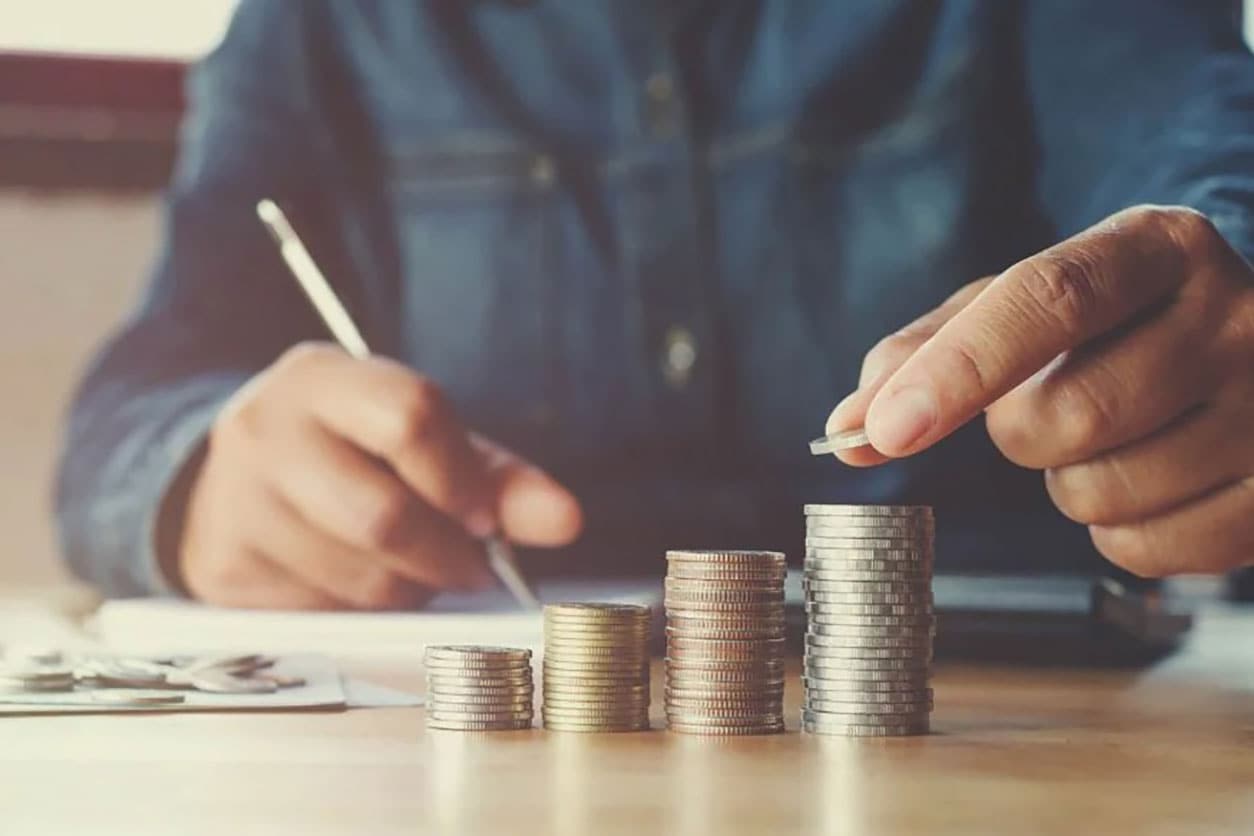How Fed Rate Changes Impact Your Credit Card Interest Rate
4 Min Read | Last updated: July 17, 2023

This article contains general information and is not intended to provide information that is specific to American Express products and services. Similar products and services offered by different companies will have different features and you should always read about product details before acquiring any financial product.
When the Federal Reserve raises or lowers interest rates, credit card interest rates adjust too. Why? Learn how the Fed’s interest rate policy influences credit cards.
At-A-Glance
- There tends to be a close relationship between Federal Reserve interest rates and credit card interest rates.
- Usually, when the Fed raises or lowers interest rates, credit card interest rates follow suit.
- But even when the Fed cuts rates to 0%, credit card interest rates don’t fall to zero since they’re also influenced by other factors.
When the U.S. Federal Reserve increases or cuts interest rates, credit card interest rates often rise and fall with them. But how is it that Fed interest rate changes influence credit cards? And why are credit card interest rates often higher than the interest rates we see being discussed in the press?
To help clarify the relationship between Fed interest rates and credit card interest rates, here’s an overview of how credit card rates generally work, and how Fed rate cuts and rises flow through the financial system to influence credit cards.
How Credit Card Interest Rates Work
Credit card interest rates are typically based on the “prime rate,” which is the interest rate that banks charge their best, or “prime,” customers – those they think are least likely to default on their loans. For other customers, banks and credit card issuers add a “default margin” to the prime rate. The lower a borrower’s credit score, the higher the margin. So, someone with an average score typically has a higher interest rate on their credit card than someone with a top credit score.
The reality is there’s no one single prime rate. Instead, each bank sets its own prime rate. The Wall Street Journal publishes the prime rate every day1, but this rate is an average of multiple major banks’ prime rates.
Connecting Fed Rate Cuts & Credit Card Interest Rates
Whatever the interest rate on your card, it will probably fall when the Fed cuts interest rates, unless it is a 0% intro Annual Percentage Rate (APR) credit card or you are still in another type of introductory low rate period. Similarly, the APR on your credit card will likely rise when the Fed raises rates. Here’s how this works.
The Fed’s main job is to adjust interest rates to meet its long-term inflation target of 2% per year. If inflation looks as if it’s rising above target, the Fed may raise rates; if inflation is set to sink below the target, the Fed may cut them.
But the Fed doesn’t directly control interest rates, including the prime rate. Instead, it sets a “target range” for the Federal Funds Rate, which is the rate at which banks lend to each other for short-term loans they may need. It’s typically about three percentage points lower than the prime rate, and the lowest cost of funding for banks.
So, when the Fed cuts interest rates, what it actually does is lower the target range for the Federal Funds Rate. For example, if the target range is 1.00%–1.25%, and the Fed cuts rates by 0.25%, the target range falls to 0.75%–1.00%. The Fed uses the theory of supply and demand to get interest rates to fall into its desired target range: it buys and sells securities, which increases or decreases the total supply of money available in the economy. But it doesn’t aim to hit the bottom of its desired range. Instead, when headlines say “Fed cuts interest rates to 0.75%,” the Federal Funds Rate is actually somewhere between 0.75% and 1.00%.
Banks and credit card companies earn their keep by charging higher interest rates on credit cards and other lending than they pay on deposits and other forms of funding. When the Fed reduces its target range, banks’ cost of funding falls. Usually, they pass this on to customers by cutting the prime rate, which reduces interest rates on loans and credit cards. Because credit cards typically have variable interest rates, when the Fed cuts interest rates, chances are that lower interest on credit cards may be one result.
Could Credit Card Interest Rates Fall to Zero?
For average credit card interest rates to fall to zero, both the Federal Funds Rate and the prime rate would have to be well below zero – or what’s commonly referred to as “negative rates.” But many cards have introductory offers of 0% APR on balance transfers and/or purchases, and introductory periods can last as long as 18 months. So whether the Fed is cutting rates or not, it’s worth shopping around for credit card offers.
The Takeaway
Credit card interest rates typically fall when the Fed cuts interest rates and rise when the Fed raises rates. But it’s unlikely that credit card interest rates would fall to zero, even if the Fed announces interest rates of zero. There are two main reasons. First, credit card interest rates are based on the prime rate, which is typically higher than the Federal Funds Rate. Second, credit card issuers usually add a “default margin” to credit card interest rates.
1 “Money Rates,” The Wall Street Journal
SHARE
Related Articles
Average U.S. Credit Card Debt
Credit card debt is on the rise. Look into the numbers behind average U.S. credit card debt and how it increases with age.
How do Savings Accounts Work in a Zero Interest World?
During economic downturns, the Federal Reserve can cut interest rates, leading to near-zero interest on savings. Here are three higher-interest alternatives.
Inflation 101: Meaning and Causes
Inflation is a measure of rising prices for the things people usually buy. No matter how large your income or savings, a high inflation rate means your money buys less.
The material made available for you on this website, Credit Intel, is for informational purposes only and intended for U.S. residents and is not intended to provide legal, tax or financial advice. If you have questions, please consult your own professional legal, tax and financial advisors.











